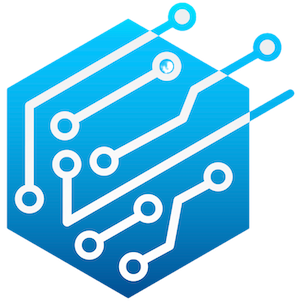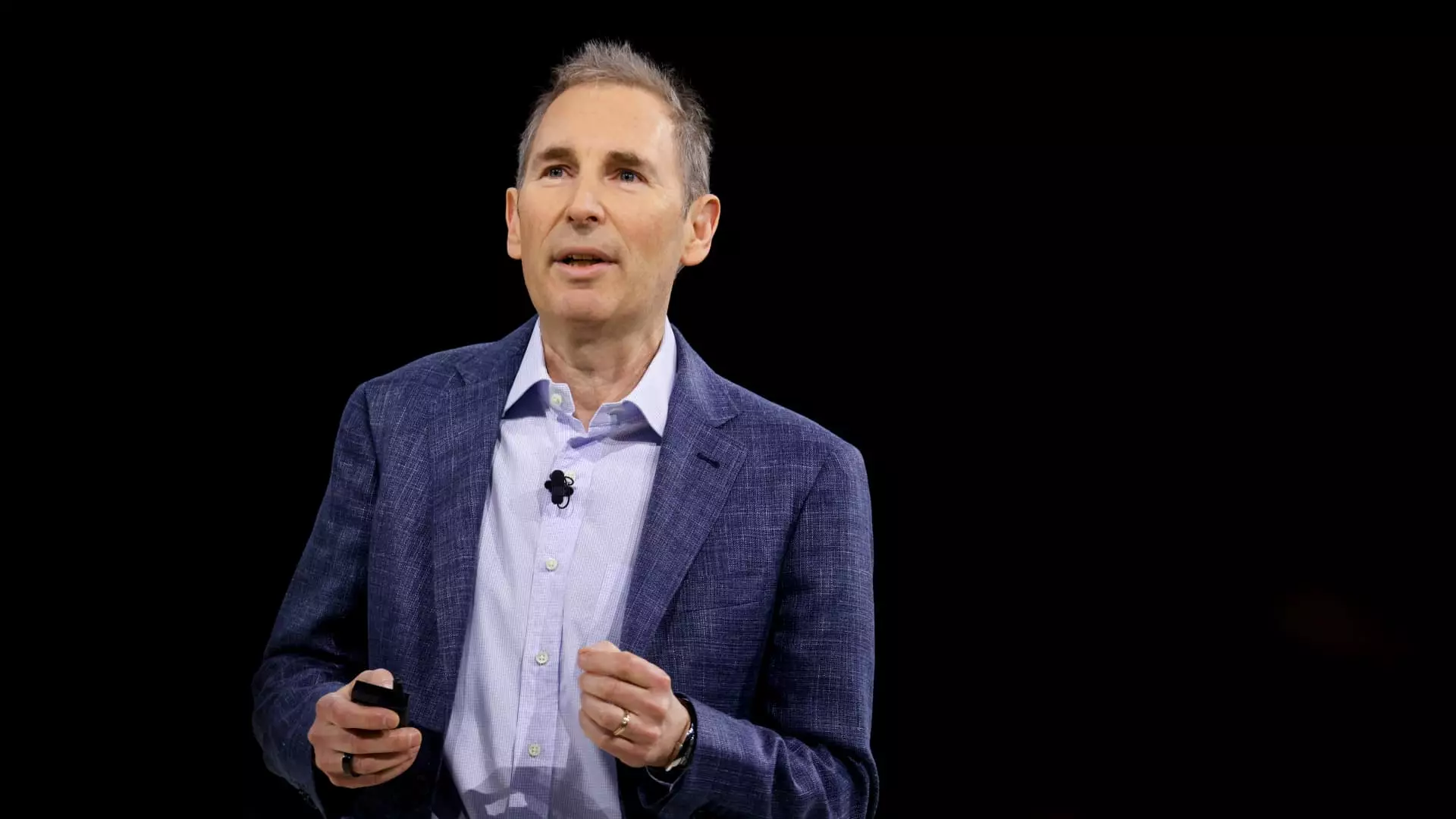The widespread integration of generative artificial intelligence (AI) is poised to profoundly reshape employment landscapes, particularly in tech giants like Amazon. CEO Andy Jassy’s candid remarks about the company’s workforce prospects reflect a reality that many industries face today: AI will inevitably reduce the need for some human roles by automating routine tasks. Yet, his acknowledgment that “there’s going to be other jobs” hints at a nuanced transition rather than a simplistic elimination of jobs. This dual narrative of job displacement and job creation arguably encapsulates the broader disruptive potential of AI across various sectors.
Efficiency vs. Employment: The Amazon Paradigm
Amazon exemplifies a corporation walking the tightrope between efficiency gains and workforce reductions. The company’s strategy to incorporate AI and AI-driven software agents targets productivity boosts that translate directly into leaner headcounts in certain departments. Indeed, Amazon has already undergone significant workforce downsizing, with over 27,000 jobs cut since early 2022. What makes this scenario particularly complex is the company’s simultaneous push to hire talents in AI and robotics fields, indicating a strategic pivot towards high-skilled roles concerned with developing and maintaining AI technologies rather than performing traditional labor-intensive functions.
Wider Industry Trends Mirroring Amazon’s Experience
Amazon’s trajectory is emblematic of a broader trend across major tech companies. Salesforce’s CEO, Marc Benioff, claims that AI now performs between 30% to 50% of work at his firm, demonstrating how generative AI is no longer just a futuristic promise but an operational reality. Similarly, companies like Shopify and Microsoft are actively encouraging employees to embrace AI tools, seeking to harness those efficiencies without entirely displacing human input. On the more extreme end, Klarna’s 40% workforce reduction — partially attributed to AI deployment — underscores the stark implications AI can have for employment volume as well as the nature of jobs that remain.
The Paradox of AI: Liberating Work While Contracting Workforces
There’s a paradox baked into the promise of AI. On the one hand, Andy Jassy envisions AI liberating employees from monotonous “rote work,” making jobs more intellectually rewarding and creative. This positive spin is crucial because it reframes AI as an enabler of human ingenuity rather than a mere replacement technology. However, the sobering reality is that these “more interesting” jobs will likely require different, often more advanced skill sets, potentially limiting accessibility for workers displaced by automation. The risk of exacerbating workforce inequalities grows unless companies proactively invest in retraining and upskilling.
Market Performance and the AI-Driven Workforce Shift
Despite the enthusiasm around AI’s transformative potential, Amazon’s stock performance in 2024 highlights a more complicated picture. Shares have remained flat, underachieving relative to Nasdaq and other tech behemoths like Meta, Microsoft, and Nvidia, all of which trade near all-time highs. This disparity could reflect investor uncertainty about how effectively Amazon is leveraging AI-driven efficiencies into sustained growth, especially amidst workforce contractions that can ripple through operational capacity and morale.
Rethinking the Future of Work in an AI Era
The conversation around AI’s impact on employment is no longer hypothetical; it is unfolding daily within corporate boardrooms and workforces globally. Amazon’s experience demonstrates that while AI brings undeniable efficiencies and opens new frontiers for innovation, it concurrently triggers complex challenges around workforce redefinition. Embracing AI’s promise means grappling with difficult trade-offs: shedding obsolete jobs while cultivating new roles, enhancing productivity yet potentially displacing many. The companies that navigate this balance with transparency and responsibility will set the course for how society adapts to the AI revolution.


Leave a Reply